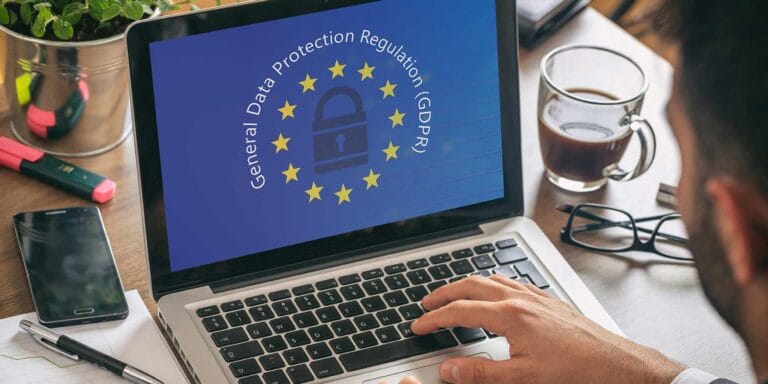Legal holds may sound simple in theory, but the process of sending one can quickly become complicated without some initial preparation. Let’s take a look at what legal holds actually entail in standard practice.
Written Notification
The initial step is to send written notification to custodians who might have data relevant to your case and instruct them to not destroy or modify that information. This might include electronically stored information (ESI), paper documentation, or physical objects such as cell phones. The notification should include specific actions the custodian needs to take in order to preserve their data, such as pausing routine destruction or modification processes.
Who Sends It?
Although an attorney is typically listed as the official sender, your company might have many litigation matters open at once, each with multiple legal holds potentially attached to it. Therefore, it’s common to manage the legal hold process amongst a team of paralegals, eDiscovery managers, and other staff.
Who Is the Legal Hold Sent To?
The list of legal hold recipients can evolve over time. The IT team is a good place to start, since they have visibility over data retention and destruction practices and where potentially relevant information might be located. It’s important to stay agile and be prepared to send additional hold notifications to newly discovered custodians, as well as to release those who are no longer relevant.
When To Send
Once there has been a trigger event allowing you to reasonably anticipate litigation, you should begin sending legal holds. First, determine which types of data might be relevant to your case and use that to prioritize your notifications to custodians. For example, video evidence is typically overwritten quickly if it is not flagged to be preserved, while emails are usually stored longer.
Best Practices For Compliance
Once you’ve sent a legal hold, how do you ensure the custodian is complying with your request to preserve data? It’s common practice to ask for an acknowledgement from custodians that they have received and understand the legal hold. If a matter will be ongoing long-term, it can be helpful to send regular notices reminding custodians not to delete or modify certain data.
To ensure compliance and defensibility within your company, it’s important to document your processes, including all communication with your custodians and other decisions related to your legal holds. You can coordinate with your IT team on how to handle relevant data before sending a legal hold, or work with an eDiscovery vendor to help manage this process.
Releasing Legal Holds
Once a matter has concluded, you’ll want to formally release any remaining legal holds. Doing so allows outdated information to be deleted as dictated by standard data retention policies and can reduce storage costs.
With many moving pieces, sending a legal hold is rarely as straightforward as it first sounds. But by being prepared and investing in the necessary tools to support your process, defensible legal holds are easy to achieve.





